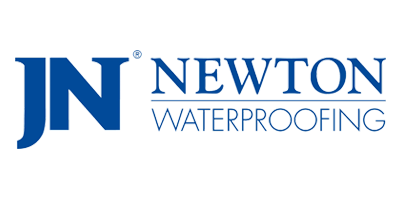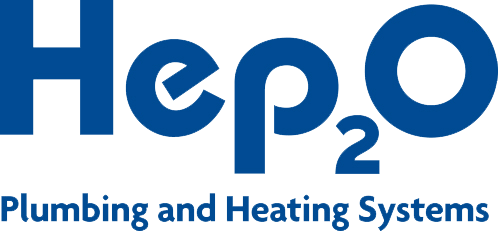Back
Home solar panel installation: the next wave for window firms
Home solar panel installation is becoming a major growth area, and Andrew Scott, founder and MD of Purplex Marketing, outlines why fenestration businesses are in a strong position to move into renewable energy.
For decades, the home improvement market has moved in waves. From conservatories to coloured frames, from bi-folds to composite doors, each boom has brought fresh opportunity and some stunning financial success.
However, every surge eventually fades, and today the traditional window and door sector faces falling installation volumes, shrinking job sizes and many longstanding firms closing. Right now, we have a climate where standing still is not an option.
While the fenestration market contracts, the renewable energy sector is growing rapidly. Solar installations increased significantly last year, battery storage uptake is rising, and air source heat pumps are becoming more common, helped by government incentives and the national commitment to reduce emissions. The UK must decarbonise its housing stock, and these changes present a clear opportunity for businesses ready to diversify.
Government grants and other financial support are often available to homeowners. These schemes reduce the upfront cost of renewable energy systems, making them more affordable and attractive. For installers, these incentives provide a useful selling point that can help turn interest into confirmed projects.
Window companies are well placed to make this transition. They already work in customers’ homes, understand energy efficiency and navigate building regulations. Expanding into solar panels, battery systems, or air source heat pumps can be a logical and profitable progression built on skills they already possess.
Some firms have begun to adapt. They have retrained staff, partnered with renewable suppliers and started quoting for integrated packages. Projects often worth between £15,000 and £25,000 offer revenue potential that exceeds typical window jobs, while addressing the growing consumer demand to reduce energy costs and cut carbon emissions.
There are challenges such as training, accreditation and initial investment, but these requirements help protect market share for early adopters. Those who prepare now will face less competition and be better positioned to win future projects.
This is not a call to abandon fenestration. Premium windows and doors will continue to sell, and sustainable materials are advancing. However, the strongest growth prospects for the coming decade lie in clean energy. Companies that adapt will survive and lead.
This entry was posted in Energy Efficiency





